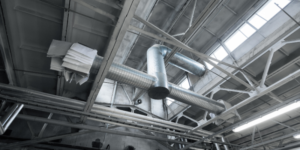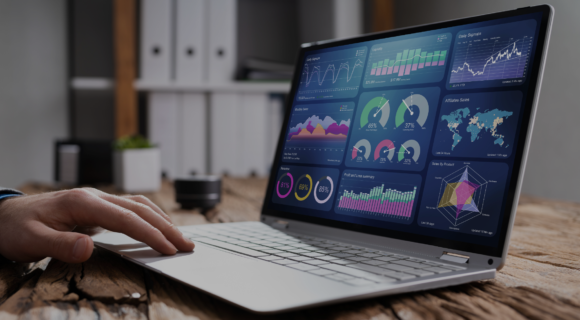As a facility or energy manager, you know how important it is to keep your building systems running smoothly and efficiently. You also know how challenging it can be to monitor and optimize the performance of your equipment, such as HVAC (Heating, Ventilation, and Air Conditioning), which regulates temperature, humidity, and air quality in your building. That’s why you might want to consider using Fault Detection & Diagnostics Software (FDD), a smart technology that can help you detect and diagnose faults in your equipment and improve your building performance. In this blog post, we’ll show you what FDD is, how it works, and what benefits it can offer for your building. We’ll also show you how FDD can integrate with other smart building technologies, such as Digital Twin Platforms, to provide you with a comprehensive view of your building performance.

What is Fault Detection & Diagnostics Software (FDD) and how does it work?
FDD is a software solution that uses data-driven algorithms to identify any irregularities or unwanted conditions in your equipment. For example, FDD can detect if your HVAC system is not cooling or heating properly, if your ventilation system is not providing enough fresh air, or if your energy management system is not operating optimally. FDD can also provide detailed information about the cause and severity of the fault, as well as possible solutions and recommended actions to fix it. This can help you save time and money on repairs and maintenance.
FDD works by collecting data from sensors and other devices that are already installed in your building. These devices can measure various parameters, such as temperature, pressure, humidity, airflow, power consumption, etc. FDD then analyzes this data using a rules engine that compares the actual performance of the equipment with the expected or desired performance. If there is a discrepancy between the two, FDD flags it as a fault and generates a diagnostic report. The report includes information such as:
- The location and type of the fault
- The severity and impact of the fault
- The possible causes and solutions for the fault
- The estimated energy savings and cost savings from fixing the fault

FDD can also send alerts and notifications to facility managers or service providers when a fault is detected. This can help them take timely action to resolve the issue before it escalates or causes further damage.
What are the benefits of FDD for your building?
FDD offers a wide range of benefits for facility and energy managers who want to improve their building performance. Some of these benefits are:
- Extended lifespan of equipment: FDD can help you prevent equipment failure and extend its useful life by detecting faults early and providing solutions to fix them.
- Improved energy efficiency: FDD can help you optimize the operation of your equipment and reduce energy consumption by identifying inefficiencies and suggesting improvements.
- Reduced repair costs: FDD can help you avoid costly repairs and downtime by diagnosing faults accurately and providing solutions to fix them.
- Increased sustainability: FDD can help you reduce your environmental impact by lowering your energy consumption and carbon footprint.
- Enhanced smart building capabilities: FDD can help you integrate your equipment with other smart building technologies, such as Energy Management Information Systems (EMIS), Digital Twin Platforms, IoT solutions, etc., to monitor and analyze your building performance more effectively.
How can FDD integrate with Digital Twin Platforms?
FDD can also be integrated with Digital Twin Platforms to provide you with a comprehensive view of your building performance. Digital Twin Platforms are virtual models of physical assets that help you simulate and analyze their behavior. For example, a digital twin of your HVAC system can help you visualize its performance using 3D models or dashboards. By combining FDD with Digital Twin Platforms, you can:
- Monitor your equipment performance using real-time data from sensors and devices.
- Analyze your equipment performance using advanced algorithms that provide accurate and actionable information.
- Simulate different scenarios and test different solutions for your equipment using virtual models.
- Optimize your equipment performance using automated or manual actions that improve the operation of your equipment.
By integrating FDD with Digital Twin Platforms, you can leverage the power of data-driven insights to improve your building performance.
Conclusion
Fault Detection & Diagnostics Software is a smart solution for facility and energy managers who want to improve their building performance. It can help them extend the lifespan of their equipment, improve their energy efficiency, reduce their repair costs, increase their sustainability, and enhance their smart building capabilities. It can also be integrated with other smart building technologies, such as Digital Twin Platforms, to provide them with a comprehensive view of their building performance.
If you’re looking for a reliable FDD software provider that can offer you an appropriate solution for your needs, contact CopperTree Analytics today for a free consultation. We’ll help you find the perfect FDD software solution for your building.

